Yates Account
Join now
Create a Yates account today!
Sign up to join the Yates Garden Club for monthly e-mails packed with seasonal inspiration, tips for success & exclusive promotions.
Plus if you’re a Garden Club member you can take part in the Yates Growing Community - a blog to share successes, get advice & win prizes in fun challenges along the way!

Forgot password
Enter the email address associated with your account, and we'll email you a new password.
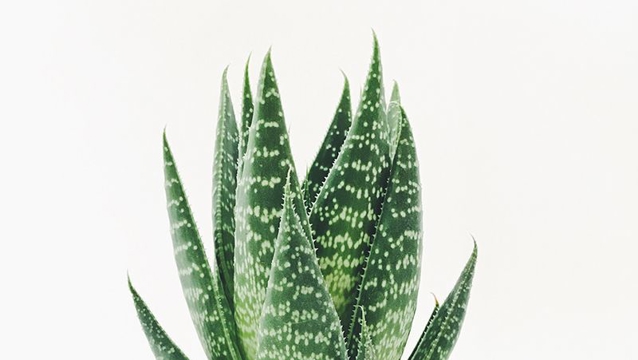
How can such a simple plant do so much you ask? A study conducted by NASA scientists in the late 80’s has shown that when planted in the right conditions can reduce the amount of formaldehyde present in an indoor area. Easy to grow both outdoors and in, these hardy, beneficial and multi-use plants are a must have in the home say ‘Aloe you Vera much’ and make for this helper in your home.
How to grow aloe vera in a garden
- Choose a well drained spot in the garden and prepare the planting area well by digging in Yates Thrive Natural Blood & Bone with Seaweed.
- Dig the planting hole twice as wide and to the same depth as the root-ball. Remove the plant from the container, gently tease the roots and cut away any circled or tangled roots.
- Position in hole and backfill with soil, gently firming down. Always water in well after planting to settle the soil around the roots and keep the soil lightly moist for several weeks while the new plant establishes.
- Mulch with an organic mulch, such as bark chips, woodchip or pea straw or with pebbles or stones, ensuring to keep it away from the base of the plant.
- Water occasionally, allowing the soil to dry out between watering.
- Feed your plant every month from spring to autumn with Yates Thrive Natural Fish Seaweed+ Plant Food Concentrate.
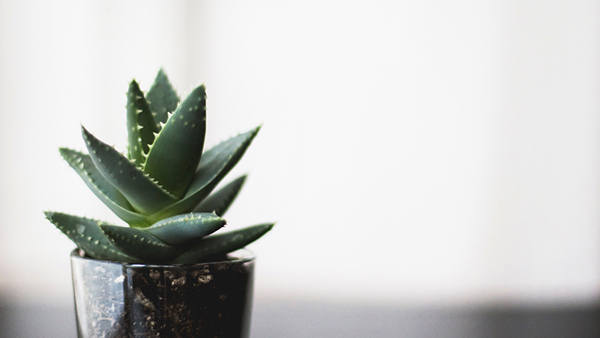
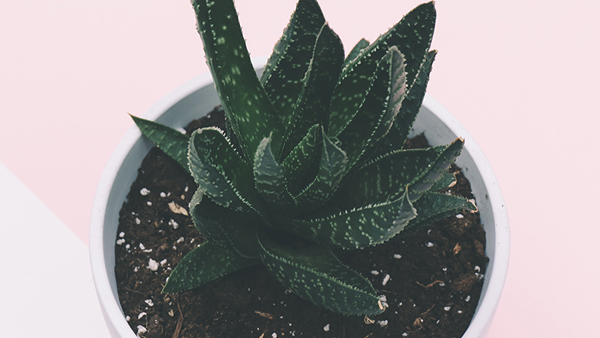
How to grow aloe vera in a pot
- Choose a pot that is slightly larger than the existing plant. Position indoors in a brightly lit spot, sheltered from the harsh afternoon sun.
- Partially fill the pot with quality potting mix, such as Yates Thrive Cacti Succulent Potting Mix.
- Mix in activated charcoal to the potting mix. The activated charcoal assists the aloe with removing toxins from the air.
- Remove the plant from the container, gently tease the roots and cut away any encircled or tangled roots.
- Position in pot and backfill with potting mix, gently firming down. Water in lightly to just moisten the soil. Mulch with an organic mulch such as woodchip or with stones or decorative pebbles.
- Feed your plant every month from spring to autumn with Yates Thrive Natural Fish Seaweed+ Plant Food Concentrate.
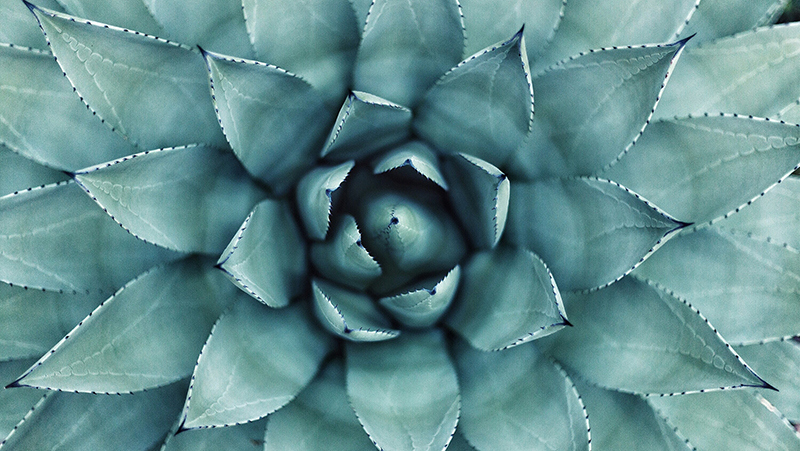
Growing tips
-
Keep the leaves dust free by gently wiping with a damp cloth.
-
Aloes are easily propagated by division.
-
Replant every two years to keep the soil fresh and reduce overcrowding.
-
The sap from the Aloe Vera is one of the most widely used medicinal aloes and can be found in cosmetics, ointments and even drinks.
-
To give your aloe the perfect home, ensure that the pot has adequate drainage.
-
Avoid having the plants sit in water as they don’t like having wet feet.
-
If would like to read more on the NASA click here for a copy of the original study.



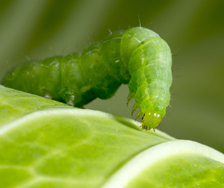
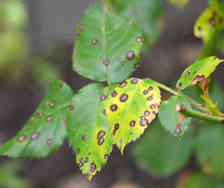
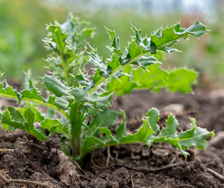
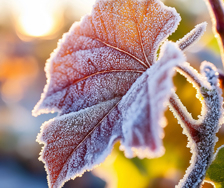










Share
Share this article on social media